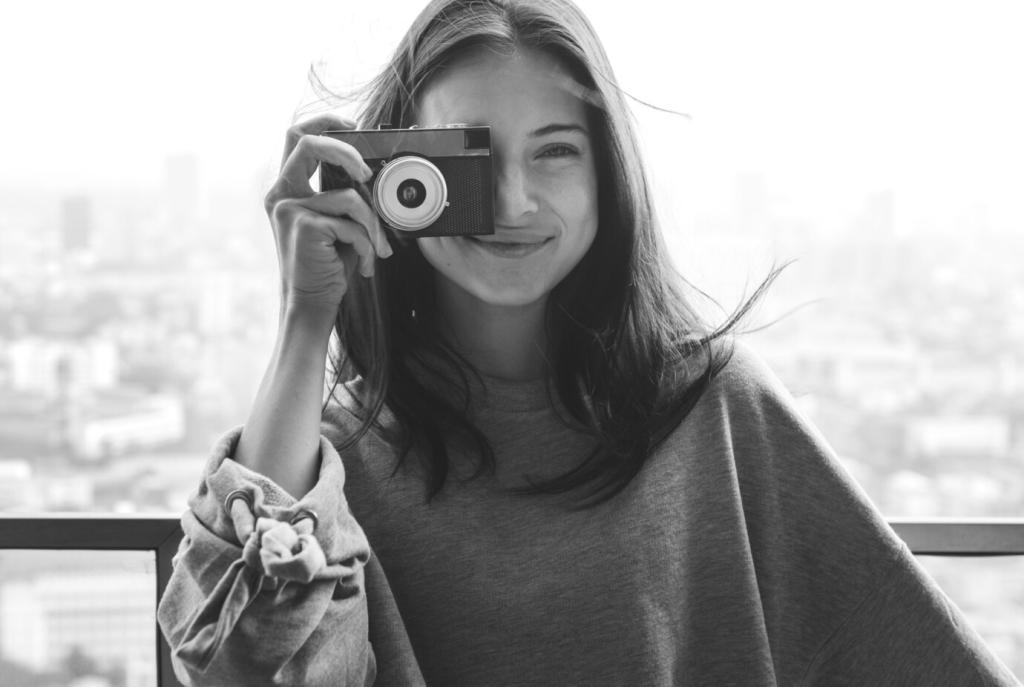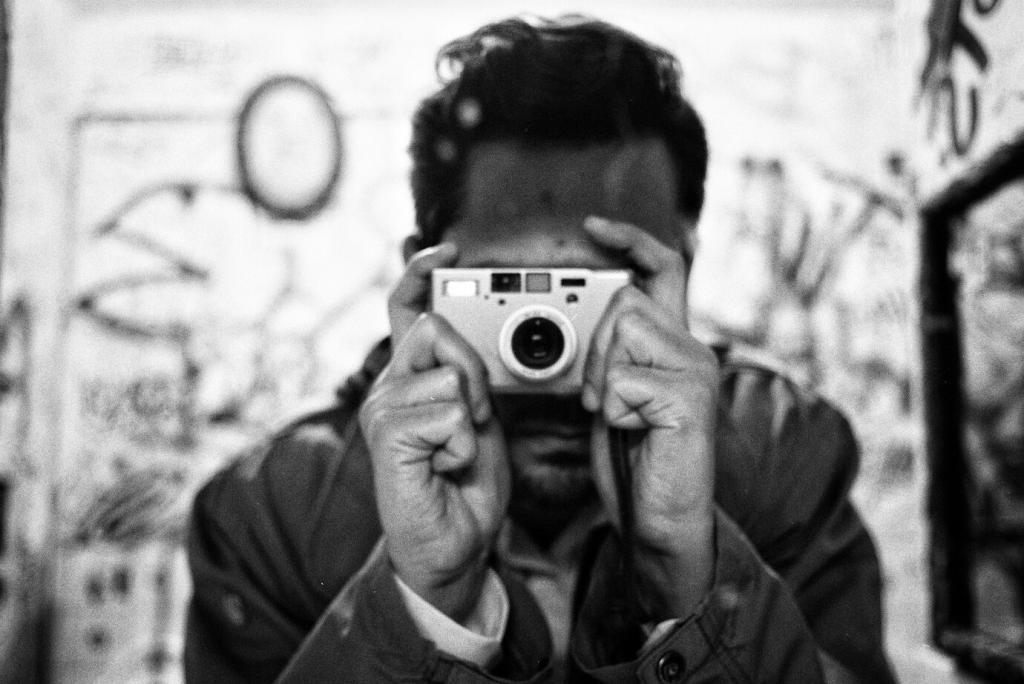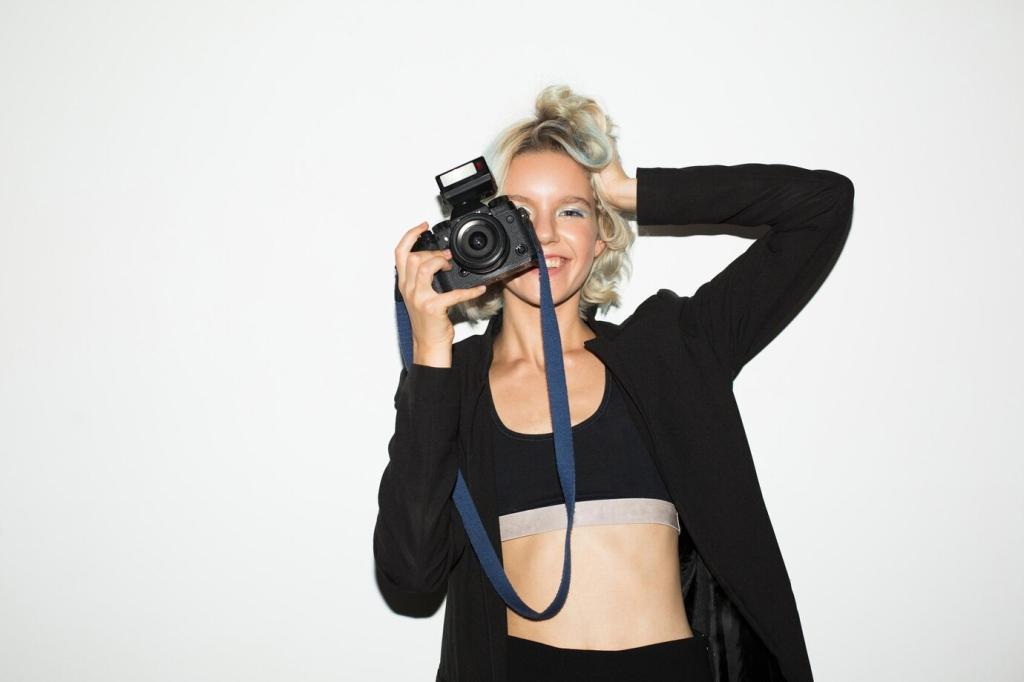The Physics Behind Washed-Out Stars
Rayleigh scattering favors shorter wavelengths, giving blue-rich light a diffuse, pervasive reach. Mie scattering acts more uniformly across wavelengths, amplifying haze and halos around every light source. Together they push background levels upward, smothering delicate astrophysical detail.
The Physics Behind Washed-Out Stars
High-pressure sodium emits narrow bands easier to filter. Modern white LEDs, peaking near 450–470 nm, spray broad spectra that leak through broadband filters. That blue-heavy output boosts background levels and complicates color balance, especially around reflection regions.





